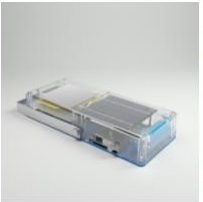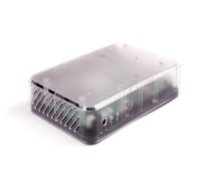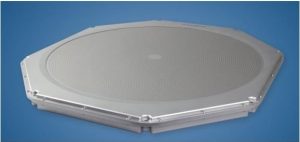Satellite Internet Innovations from Lighthouse and Kymeta Bring Benefit to Diverse Rural Users

Despite the well documented limitations of satellite internet, the technology has been hailed by Google and other industry leaders as having, possibly, the greatest innovative potential in rural markets. Satellite engineers Outernet and Kymeta are taking advantage of this potential, producing remarkable satellite internet innovations for rural dwellers.
Although, last year, both Google and Facebook backed out of similarly ambitious projects to build vast networks of geostationary satellites internet, Outernet and Kymeta continue to churn through less ambitious, but equally beneficial satellite projects.
The innovator’s contributions show that, while satellite is not the easy answer to global internet disparity that Google once thought it was, it is still a dynamic product with unexploited innovative potential. This potential will benefit, exclusively, rural markets without access to a faster cable or DSL connection.
Outernet, for its part, recently introduced two products that further Google’s now defunct humanitarian goal of using satellite internet to connect underprivileged, rural areas to online information.
Outernet released the first, Lighthouse, in beta last year. Lighthouse is a compact data receiver that pulls information from Outernet’s satellites. It isn’t a true internet connection, it’s a one-way multicast that downloads 1GB of predetermined online information every day. Users can access this information by connecting their device to Lighthouse wirelessly.

Lighthouse, which costs $99 per unit, is a low-cost way to share online information with communities that lack internet access. Outernet has worked with non-governmental organizations in third world countries to bring online information like news articles, e-books, photos, and videos to rural schools, villages, and refugee camps.
Outernet’s next project, Lantern, is a smaller, more efficient, and less expensive version of Lighthouse. Right now, the product is in development and is funded by Outernet and nearly $700,000 in funds raised on Indiegogo.

Meanwhile, Bill Gates-backed metamaterials surface antenna technology (M-SAT) innovator Kymeta Corp. is building satellite innovations to fill a completely different niche – maritime communication.
At the end of last year, Kymeta successfully tested a unique satellite antenna that is a fraction of the size of the models ships currently use. At the beginning of 2016, Panasonic Avionics Corp. picked up the design for its maritime terminals.

Unlike older maritime satellite antennas – dome-shaped colossuses that must be installed in vessels by crane – the Kymeta model is about the size and shape of a stop sign. In fact, the flat, thin design is light enough to be carried onto the ship and installed by hand.
Kymeta is also working with Toyota to connect cars with the internet via satellite internet innovations. A prototype that Toyota unveiled at the North American International Auto Show in January featured embedded M-SAT flat antennas developed by Kymeta.

Today’s connected cars connect via mobile broadband, which makes them impractical in rural areas with spotty 4G LTE or 3G coverage. The Toyota-Kymeta partnership is the first opportunity for a connected car manufacturer to begin producing a model that stays “smart” even outside the city limits.





